When it comes to manufacturing flatbed trailers, the choice of materials significantly impacts durability, performance, and overall operational efficiency. Steel, being a primary material used in trailer construction, offers a range of options tailored to the unique requirements of load capacity, flexibility, and environmental conditions. In this guide, we delve deep into the specific types of steel used in flatbed trailers, highlighting their properties, advantages, and ideal applications to enhance your manufacturing decision-making.
Table of Contents
- Understanding Flatbed Trailers
- Primary Steel Types Used in Flatbed Trailers
- Benefits of Each Steel Type
- Comparative Analysis of Steel Types
- Factors to Consider When Selecting Steel
- Conclusion
- FAQs
Understanding Flatbed Trailers
Flatbed trailers are versatile transport vehicles utilized for a plethora of applications, from transporting heavy machinery and construction materials to delivering bulk goods. Their distinctive flat platform without sides or a roof lends itself to a range of load configurations. The durability of these trailers largely hinges upon the type of steel employed in their construction, influencing load capacity, weight, and maintenance requirements.
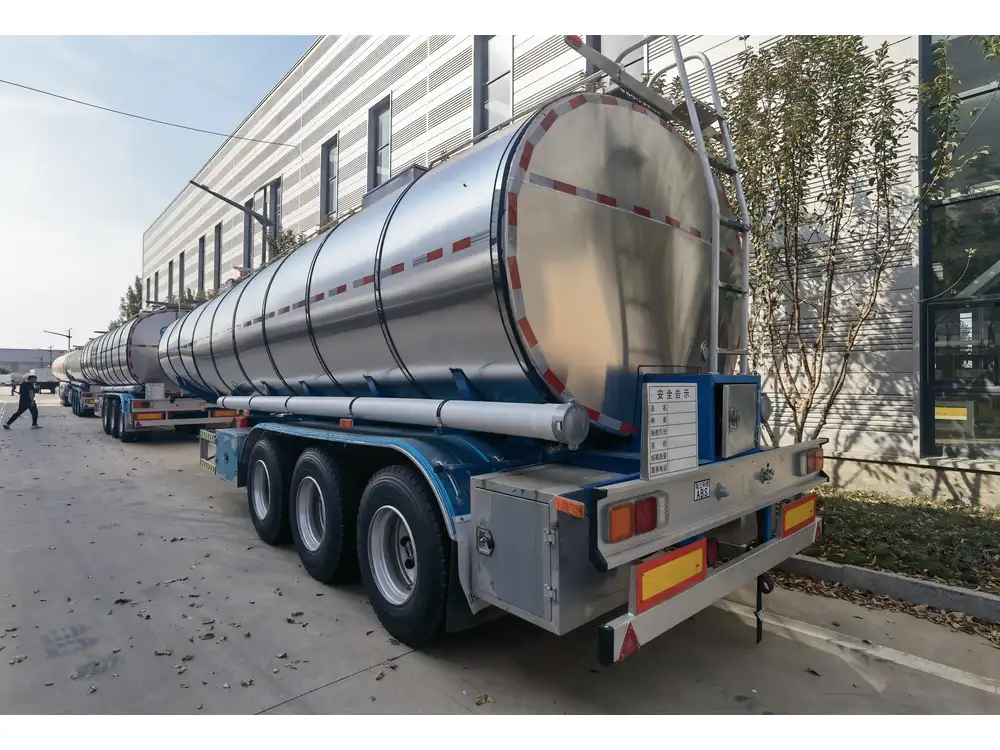
Primary Steel Types Used in Flatbed Trailers
Choosing the correct type of steel involves understanding the unique characteristics of each variant. Below, we detail the most commonly used steels in flatbed trailer manufacturing.
Mild Steel
Mild steel, or low-carbon steel, contains approximately 0.05% to 0.25% carbon and is recognized for its ductility, weldability, and relatively low tensile strength.
- Application: Ideal for components that require forming and welding, such as the frame and chassis.
- Properties:
- High malleability
- Easy to weld
- Cost-effective
- Drawback: Susceptible to corrosion unless treated with protective coatings.
High-Strength Low-Alloy (HSLA) Steel
HSLA steel is designed to provide better mechanical properties and greater resistance to atmospheric corrosion than conventional carbon steels.
- Application: Best suited for high-load-bearing components where reduced weight is crucial.
- Properties:
- Enhanced yield and tensile strength
- Lower weight with increased load capacity
- Improved corrosion resistance
- Drawback: More expensive than mild steel, requiring specific welding techniques.
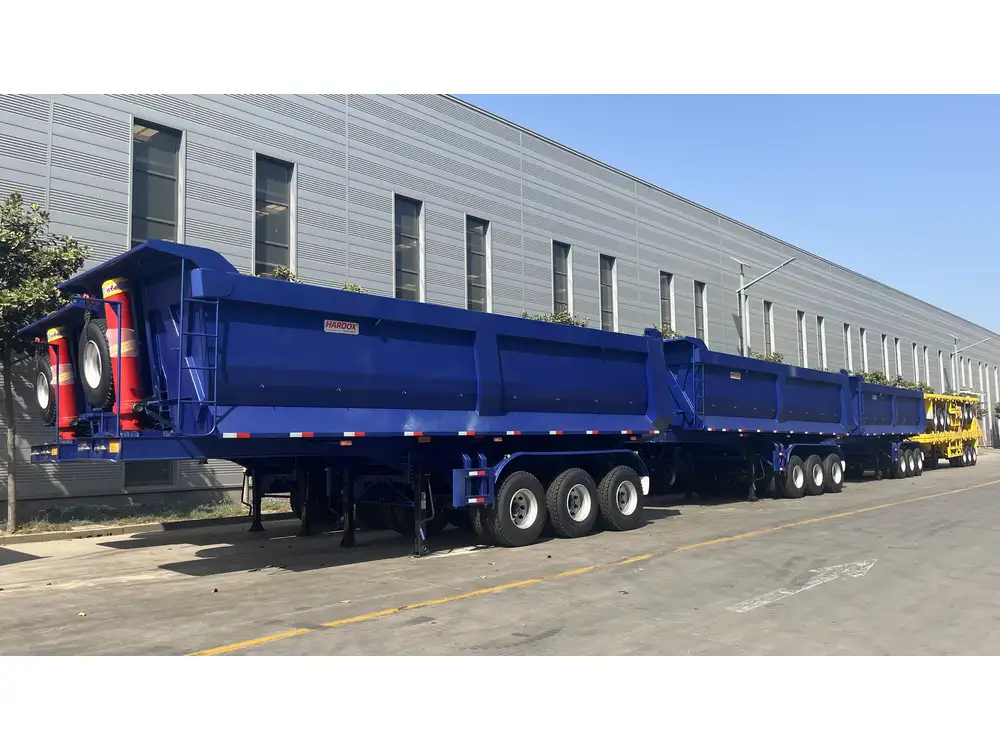
Structural Steel
Structural steel grades are specifically designed for construction purposes, offering exceptional strength and resilience, making them fitting for heavy-duty trailers.
- Application: Used for the main body and structural components where strength is paramount.
- Properties:
- High strength-to-weight ratio
- Excellent toughness
- Versatile for varied applications
- Drawback: Can be bulkier and more challenging to work with than mild steel.
Stainless Steel
Stainless steel, with its chromium content (typically 10.5% or more), exhibits outstanding resistance to corrosion and staining.
- Application: Often used in specialty trailers or components exposed to harsh environments, such as marine applications.
- Properties:
- Superior corrosion resistance
- Attractive finish (appealing for aesthetic purposes)
- Strong and resilient under various conditions
- Drawback: High cost and potential difficulty in welding.
Benefits of Each Steel Type
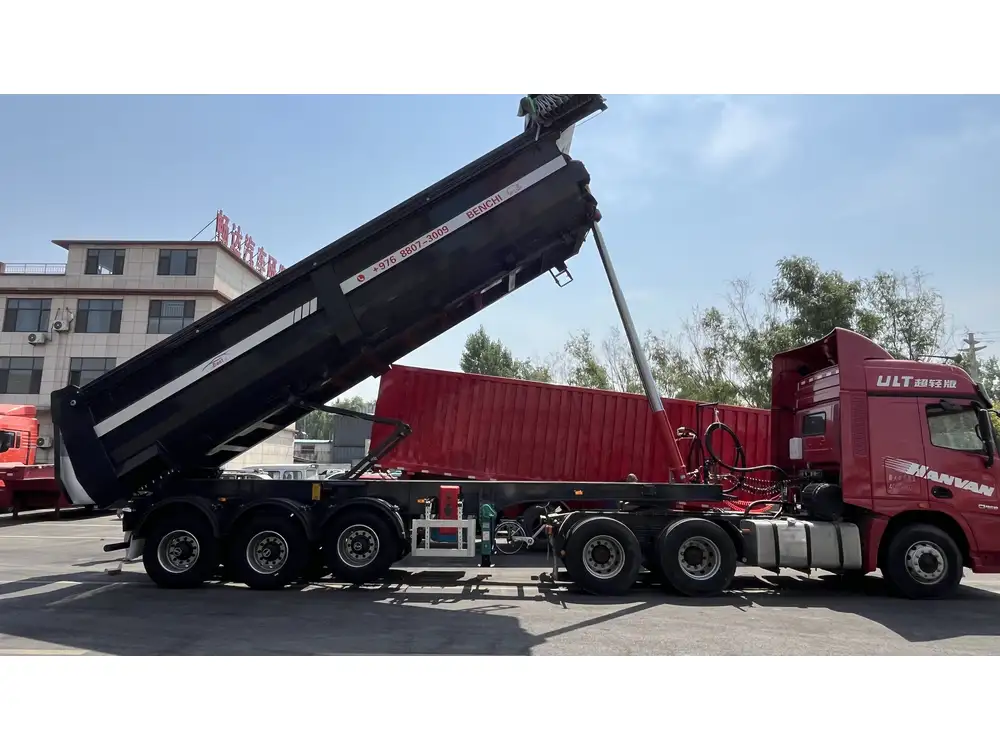
Mild Steel
- Cost-Effectiveness: Mild steel’s affordability makes it a preferred option for budget-sensitive projects.
- Weldability: Its ease of welding facilitates assembly and repairs.
- Versatility: Mild steel is adaptable for numerous trailer components, maximizing its utility.
High-Strength Low-Alloy (HSLA) Steel
- Weight Savings: By substituting mild steel with HSLA, manufacturers significantly reduce the overall weight of trailers.
- Improved Load Capacity: The strength of HSLA allows for transporting heavier loads without compromising structural integrity.
- Cost Efficiency: Despite initial higher costs, HSLA steel can reduce lifetime operating costs due to better fuel efficiency from lighter trailers.
Structural Steel
- Durability: Structural steel resists deformation and maintains its integrity under heavy loads.
- Long Lifespan: Resistance to fatigue increases trailer longevity, ultimately adding value to your investment.
- Numerous Grades: The availability of various grades allows for targeted purchasing decisions based on specific load requirements.
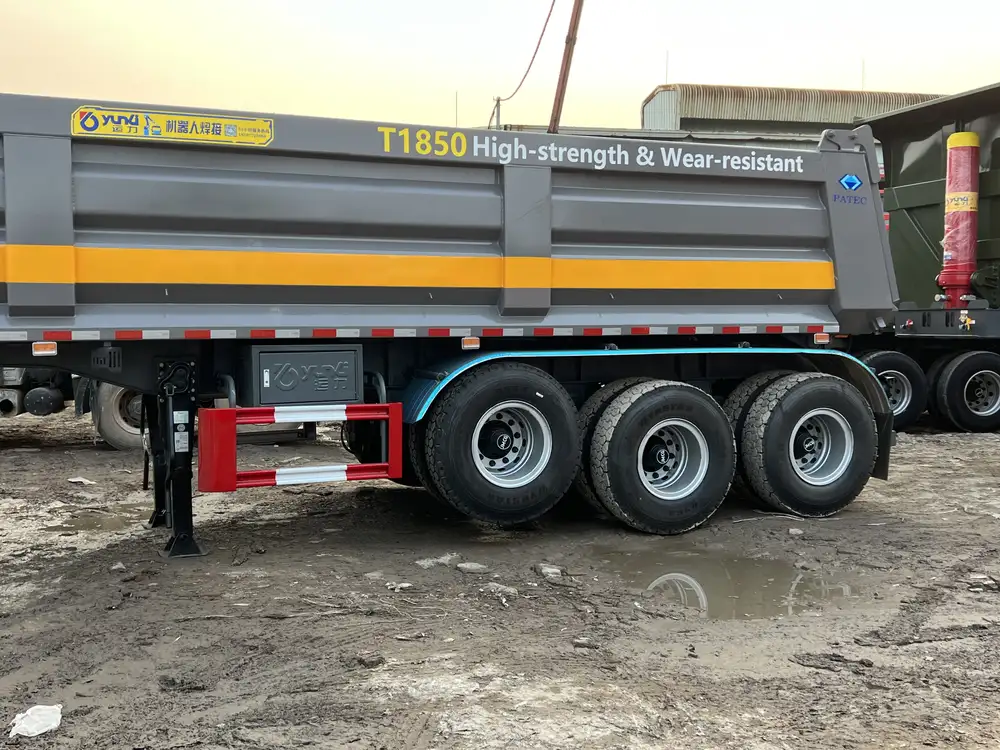
Stainless Steel
- Aesthetic Appeal: It enhances the visual appearance of the trailer, appealing to customers seeking premium products.
- Corrosion Resistance: Ideal for regions with high humidity and salt exposure, preventing rust and ensuring longevity.
- Maintenance-Free: Unlike mild steel, stainless steel often requires less maintenance over time.
Comparative Analysis of Steel Types
| Steel Type | Cost (per ton) | Yield Strength (MPa) | Ductility | Corrosion Resistance | Primary Use Cases |
|---|---|---|---|---|---|
| Mild Steel | Low | 250-400 | High | Low | General trailers, frames |
| HSLA Steel | Medium | 350-620 | Moderate | Moderate to High | Heavy load trailers |
| Structural Steel | High | 400-550 | Low | Moderate | High-strength applications |
| Stainless Steel | Very High | 500-800 | Moderate | Very High | Specialty trailers, marine uses |
Factors to Consider When Selecting Steel
Choosing the right steel for flatbed trailers involves a myriad of considerations:
Load Capacity: Assessing the weight and type of loads your trailer will carry is essential in selecting steel strength.
Environmental Conditions: If trailers will operate in corrosive environments, ensuring the use of corrosion-resistant materials like stainless steel or treated mild steel is crucial.
Manufacturing Process: Evaluate your manufacturing capabilities. For instance, if welding is a key process in assembly, consider the weldability of the steel type chosen.
Cost vs. Value: Balancing initial costs with long-term performance and maintenance costs can lead to better economic decisions.
Regulatory Compliance: Ensuring your trailer meets local and national safety regulations may affect material choice.
Sustainability: The increasing demand for environmentally friendly manufacturing practices might push you to choose more recyclable materials or lower carbon footprint options.
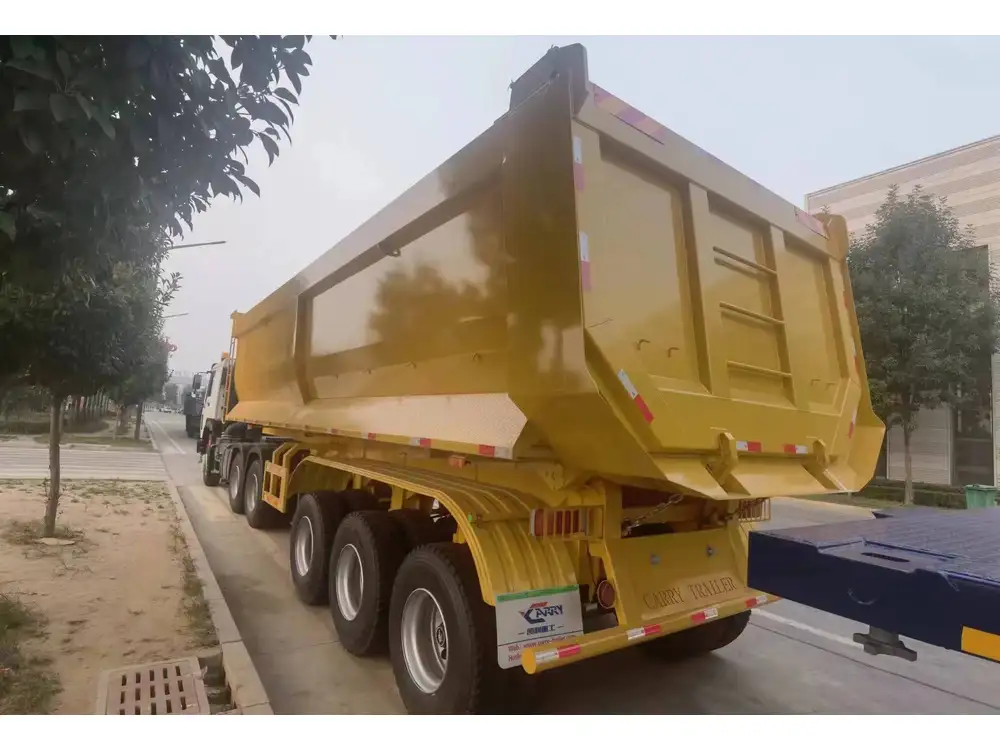
Conclusion
Selecting the appropriate steel for flatbed trailers is a multi-faceted decision that can significantly affect durability, weight, corrosion resistance, and overall functionality. It is imperative to weigh the pros and cons of mild steel, HSLA, structural steel, and stainless steel, considering factors such as load requirements, environmental exposure, cost, and regulatory standards.
By making informed choices when selecting materials, manufacturers can produce robust, efficient, and cost-effective flatbed trailers that stand the test of time. A well-designed trailer not only enhances business operations but fosters customer trust and satisfaction.
FAQs
What type of steel is best for flatbed trailers?
High-Strength Low-Alloy (HSLA) steel is often recommended for flatbed trailers due to its excellent combination of strength, weight reduction, and corrosion resistance.
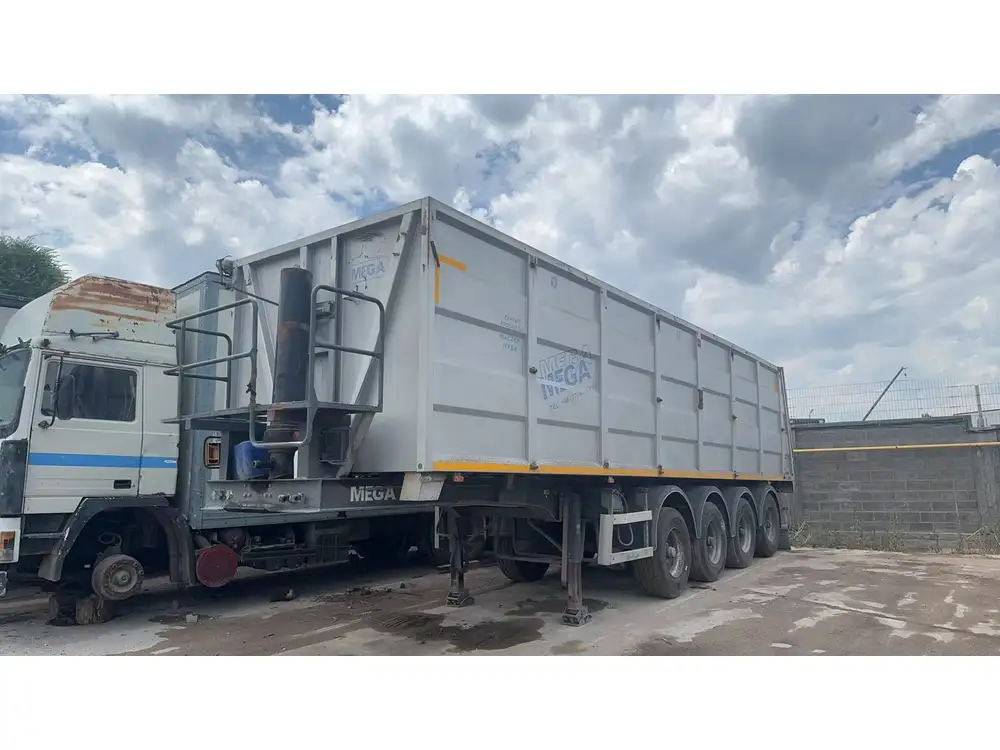
How do I prevent corrosion in my flatbed trailer?
Opt for materials with high corrosion resistance such as stainless steel. Additionally, using protective coatings on mild steel can help mitigate rust formation.
Can I weld different types of steel together in trailer construction?
While it is possible to weld different steel types, ensure compatibility to avoid issues related to strength and durability. Professional evaluation may be needed.
Is stainless steel worth the investment for flatbed trailers?
Stainless steel provides enhanced durability and corrosion resistance but comes with a higher initial cost. For trailers operating in harsh environments, it could be a wise investment.
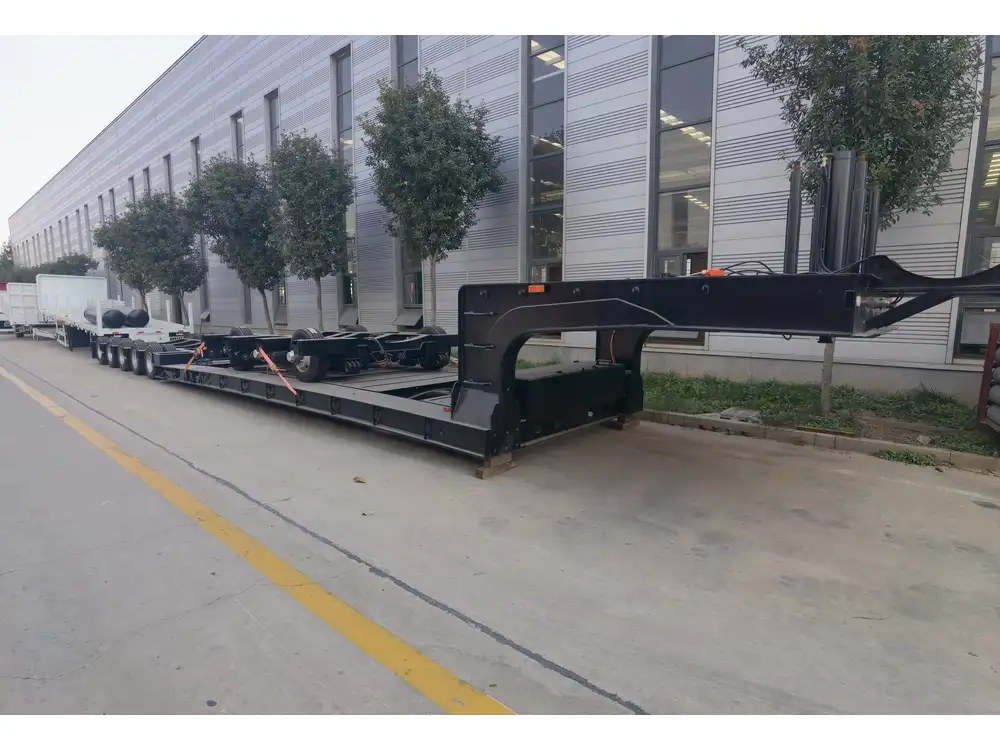
How can I determine the load capacity of my flatbed trailer?
Refer to the manufacturer’s specifications regarding the type of steel used and the designed structural integrity for load-bearing. Always adhere to the recommended weight limits for safety.



